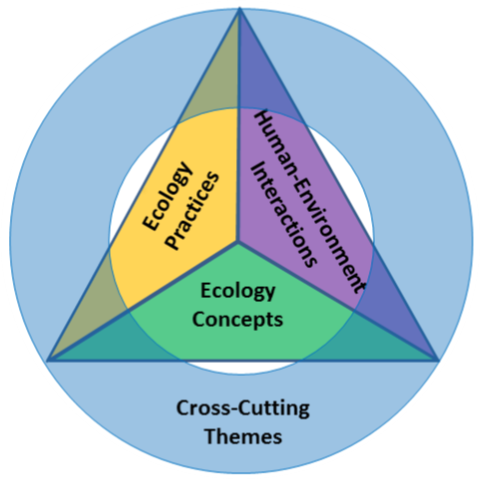264 total view(s), 185 download(s)
Case study with answers.docx (Instructors only)(DOCX | 360 KB)
Case study.docx(DOCX | 58 KB)
Data_Set_Submission_Form.docx (Instructors only)(DOCX | 906 KB)
Part 1 completed data sheet.xlsx (Instructors only)(XLSX | 7 KB)
- License terms
Description
Our exercise is designed to engage student interest in learning the exponential and logistic population growth models in ecology and environmental science by providing an active learning exercise that focuses on real data on human population growth over time. Throughout the exercise, students are asked to pause to consider human-environment interactions, such as the spread of disease, conservation efforts, and economic models. They will see how the population growth rate in humans has increased over time due to increases in birth rates, lowered mortality rates, an increased carrying capacity, and so forth. This has led to exponential growth, but they will also learn that the world’s growth rate is slowing down and we may soon approach our carrying capacity. They will consider the implications of these changes within their own lifetimes to drive home the point that human actions have huge consequences for the environment, but also can have major implications for society itself.
Cite this work
Researchers should cite this work as follows:
- Bowlin, M. S. (2024). Human population growth case study. Teaching Ecology with Human-Environment Interactions, QUBES Educational Resources. doi:10.25334/EKGV-0K56
